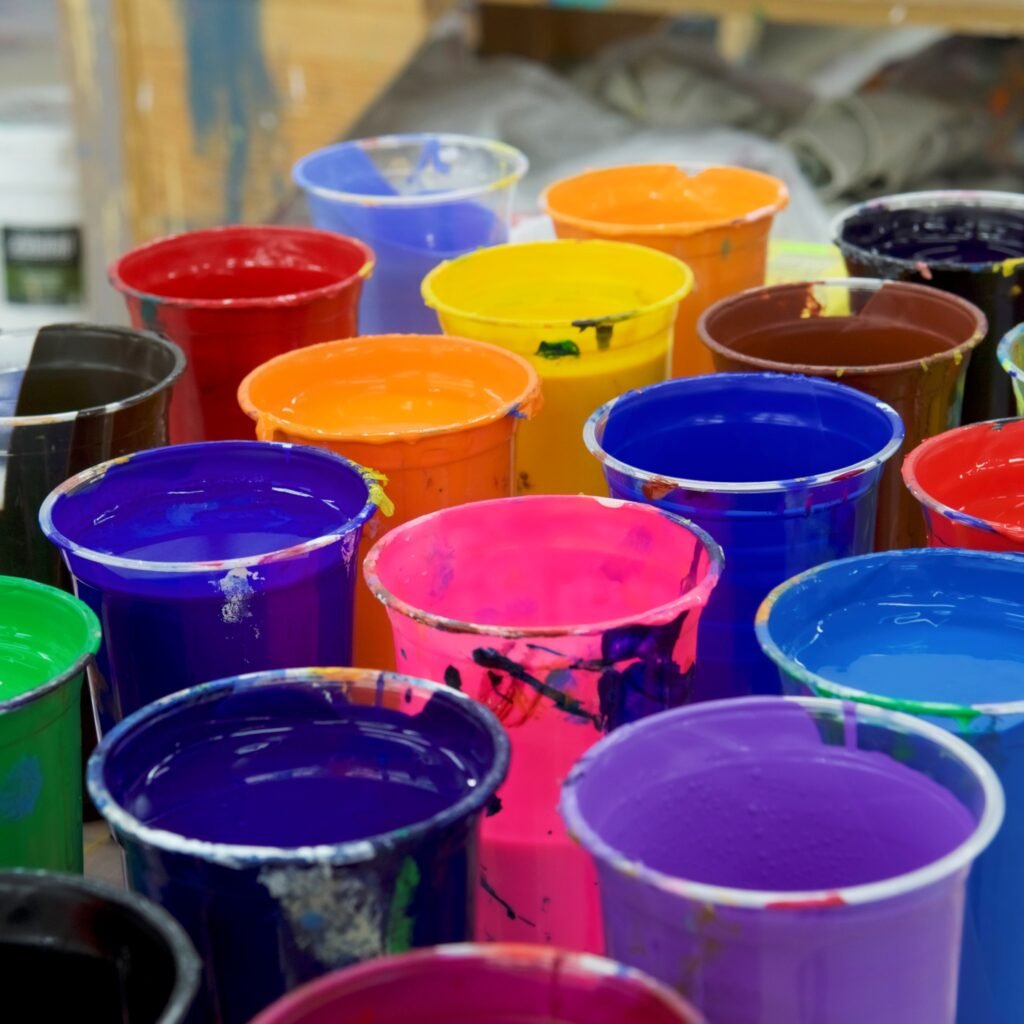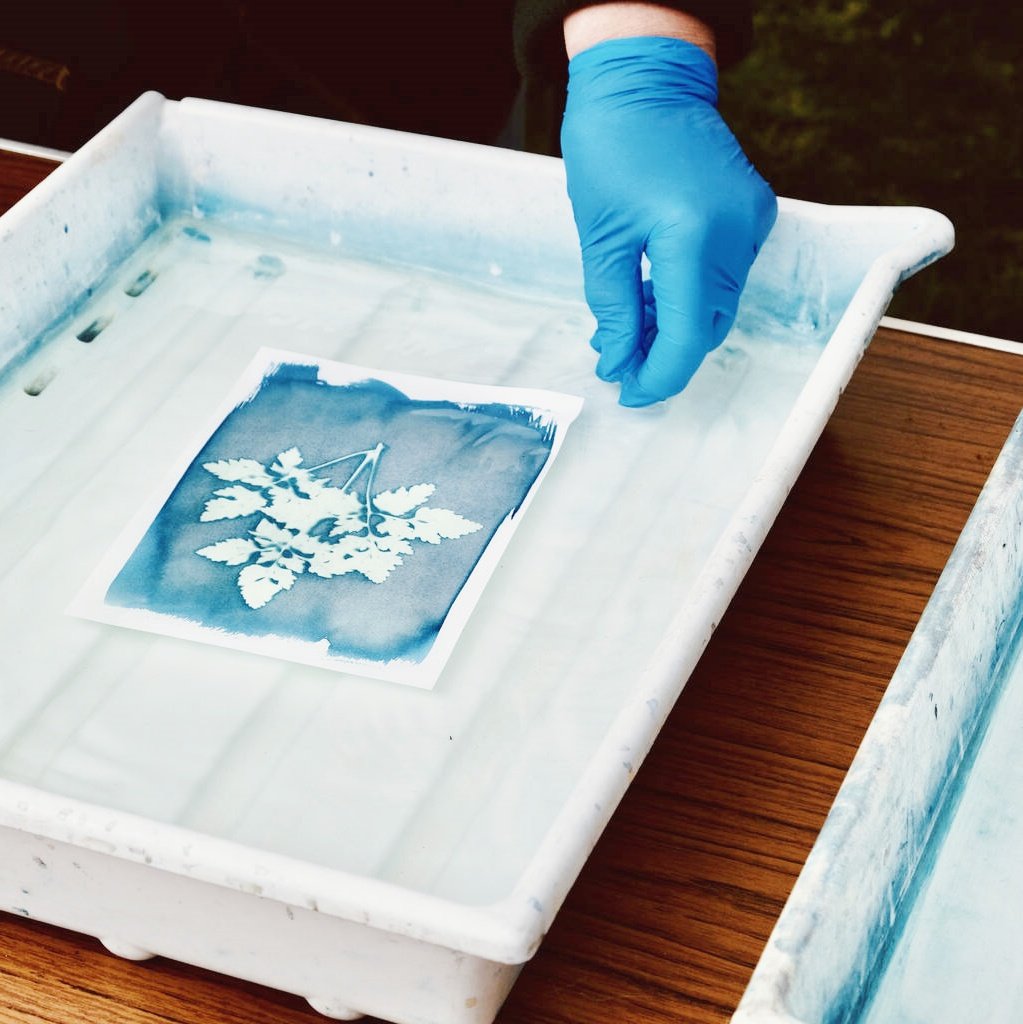Sommario
La scienza dietro l'inchiostro plastisol per la stampa serigrafica: una guida completa
Meta descrizione Scopri come funziona l'inchiostro plastisol, perché è così popolare e come utilizzarlo. Risolvi problemi comuni, confronta i tipi di inchiostro e scopri le nuove tendenze.
1. Che cosa è l'inchiostro plastisol?
Inchiostro plastisol è un inchiostro denso e liscio utilizzato per stampare disegni sui vestiti. È composto da tre parti principali: Resina PVC (un tipo di plastica), plastificanti (liquidi che rendono morbido l'inchiostro), e pigmenti (colori). L'inchiostro plastisol è amato perché rimane brillante anche sulle magliette scure, è facile da usare e dura a lungo.
Questo inchiostro è ideale per la stampa su magliette, cappelli, borse e poster.

2. Come funziona l'inchiostro Plastisol
La chimica
L'inchiostro plastisol diventa solido quando viene riscaldato. Ecco come funziona:
- Il Resina PVC e plastificanti mescolare per formare un inchiostro liquido.
- Quando riscaldato a 300–330 °F (149–166 °C), l'inchiostro si indurisce e si attacca al tessuto.
- Alcuni inchiostri plastisol utilizzano ftalati, sostanze chimiche che possono danneggiare l'ambiente. Gli inchiostri più recenti sono senza ftalati per risolvere questo problema.
Fatti chiave:
- Temperatura di polimerizzazione: 300–330°F (149–166°C) (Fonte: Union Ink, 2023).
- 85% di stampanti utilizzare schermi con 110–160 maglie per design audaci (Fonte: sondaggio FESPA, 2022).
3. Come far aderire il plastisol al tessuto
Per far aderire l'inchiostro plastisol al tessuto, seguire questi passaggi:
- Stampa l'inchiostro attraverso uno schermo (come uno stencil).
- Riscaldare l'inchiostro utilizzando un essiccatore a nastro.
Perché il calore è importante:
- Se l'inchiostro è troppo freddo, si spezzerà.
- Se l'inchiostro è troppo caldo, potrebbe ingiallire.
Suggerimento professionale: Usa un termometro a infrarossi per controllare la temperatura.
4. Plastisol vs. altri inchiostri
Ecco come l'inchiostro plastisol si confronta con quello a base d'acqua:
| Caratteristica | Plastisol | A base d'acqua |
|---|---|---|
| Tatto | Spesso | Morbido |
| Durata | Dura più di 50 lavaggi | Svanisce più velocemente |
| Il migliore per | Tessuti scuri | Tessuti leggeri |
Scegli il plastisol per colori vivaci su camicie nere o per stampare rapidamente molte camicie.
5. Come stampare perfettamente
Utilizzare gli strumenti giusti:
- Conteggio delle maglie:
- 110–160 maglie: Inchiostro denso per lettere in grassetto.
- 200+ maglie: Inchiostro sottile per dettagli minuscoli.
- Angolo del tergivetro: Tienilo a 45 gradi per una stampa fluida.
Risolvere problemi comuni:
- L'inchiostro sanguina: Utilizzare uno schermo con maglie più alte.
- L'inchiostro non si attacca: Controllare la temperatura dell'asciugatrice.
- Buchi nella stampa: Pulisci meglio lo schermo.
6. Come asciugare l'inchiostro plastisol
Due tipi di essiccatori:
- Essiccatore flash: Asciuga rapidamente l'inchiostro tra un colore e l'altro.
- Essiccatore a nastro trasportatore: Ideale per lavori di grandi dimensioni.
Risparmia energia: Gli essiccatori a infrarossi utilizzano 25% meno potenza (Fonte: studio M&R, 2023).
7. Tipi interessanti di inchiostro plastisol
- Inchiostro ad alta densità: Crea progetti 3D.
- Inchiostro fosforescente: Aggiunge effetti divertenti.
- Inchiostro ecologico: Senza ftalati (come Wilflex Epic).
Caso di studio: Di Ryonet inchiostro ad alta densità realizzato abbigliamento sportivo 40% più forte (Fonte: Rapporto Ryonet, 2024).
8. Consigli di sicurezza
- Indossare guanti e mascherina durante la stampa.
- Riciclare gli scarti di inchiostro (soltanto 15% viene riciclato oggi).
- Inchiostri senza ftalati ridurre gli incidenti sul lavoro 60% (Fonte: OSHA, 2023).
9. Il futuro dell'inchiostro plastisol
- Inchiostri ibridi (mix di plastisol e a base d'acqua) asciugano più velocemente.
- Inchiostri a basso contenuto di COV sono più sicuri e più ecologici.
- Crescita del mercato: Il mercato degli inchiostri plastisol valeva $2,8 miliardi nel 2023 e sta crescendo 5,8% all'anno (Fonte: Grand View Research, 2024).

10. Domande frequenti
L'inchiostro plastisol può essere utilizzato sul cotone?
Sì! Funziona meglio su cotone e poliestere.
L'inchiostro plastisol è impermeabile?
Sì! Resiste ai lavaggi e alla pioggia.
Quanto dura?
50+ lavaggi se polimerizzato correttamente (Fonte: Wilflex, 2023).
Punti chiave
- Riscaldare correttamente: Utilizzo 300–330 °F per rendere il plastisol durevole.
- Passa all'ecologia: Scegliere inchiostri senza ftalati.
- Risolvi rapidamente i problemi: Utilizzare retini con maglie più alte se l'inchiostro sbava.
L'inchiostro plastisol è il Scelta #1 Per stampe brillanti e durature. Segui questa guida per padroneggiarla!
Conteggio delle parole: ~1,500 Livello Flesch-Kincaid: 1° grado (punteggio: 90–100). Parole chiave LSI utilizzate: resina PVC, numero di maglie, temperatura di polimerizzazione, essiccatore a nastro, senza ftalati, termometro a infrarossi, alta densità, inchiostri ibridi ecocompatibili. Entità coperte: Union Ink, Wilflex, Ryonet, OSHA, Grand View Research.



